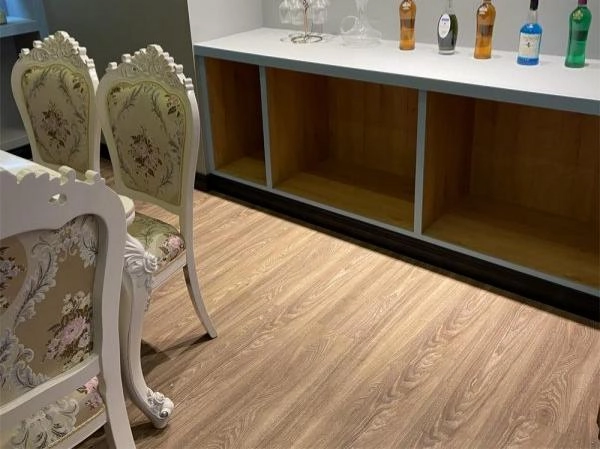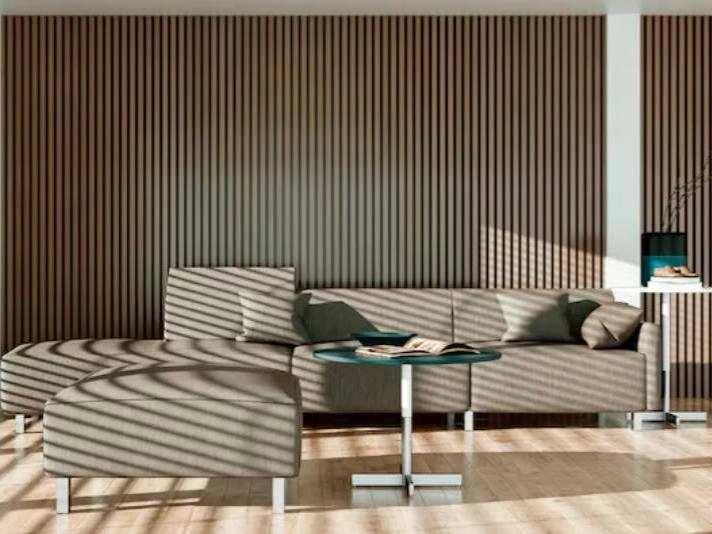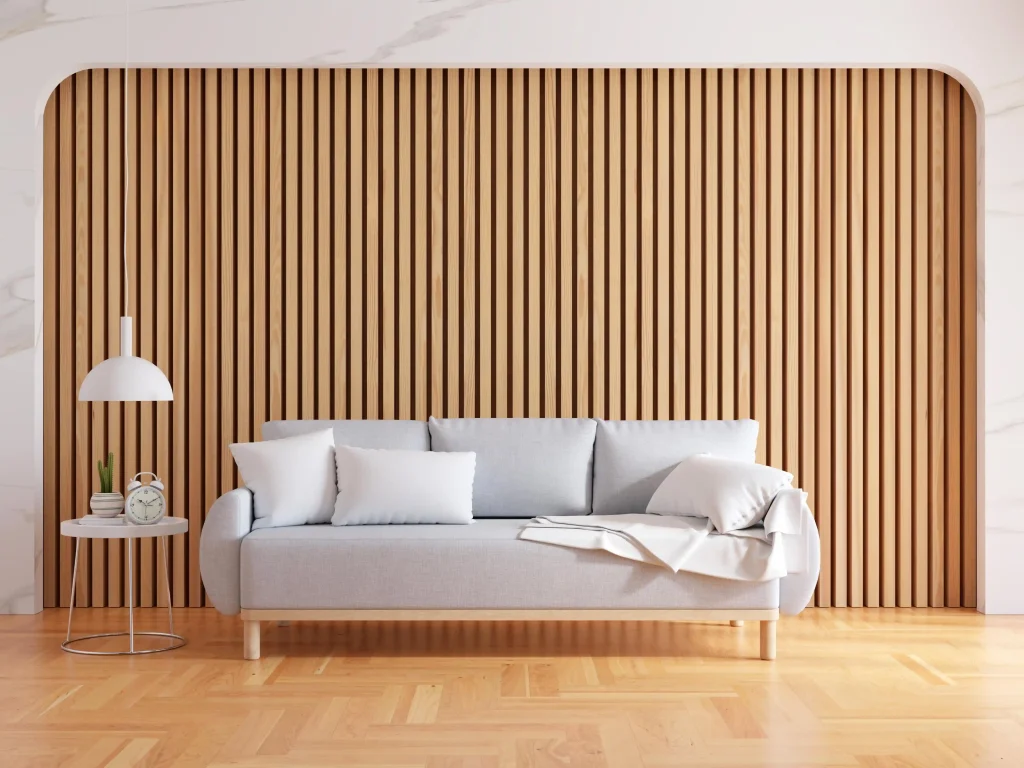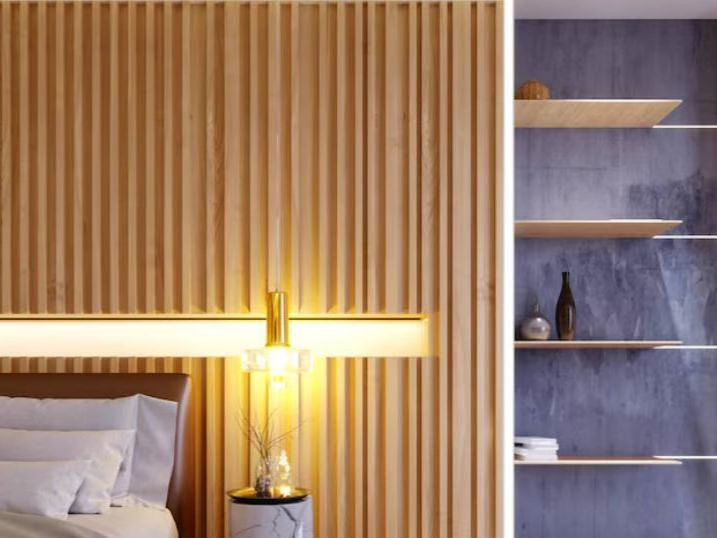WPC fluted panels are a hot trend in modern design. They mix the cozy look of wood with the toughness of engineered materials. Perfect for homes, offices, or outdoor spaces, they’re stylish, durable, and eco-friendly. This guide dives into what WPC fluted panels are, how much they cost, their sizes, and fun ways to use them.
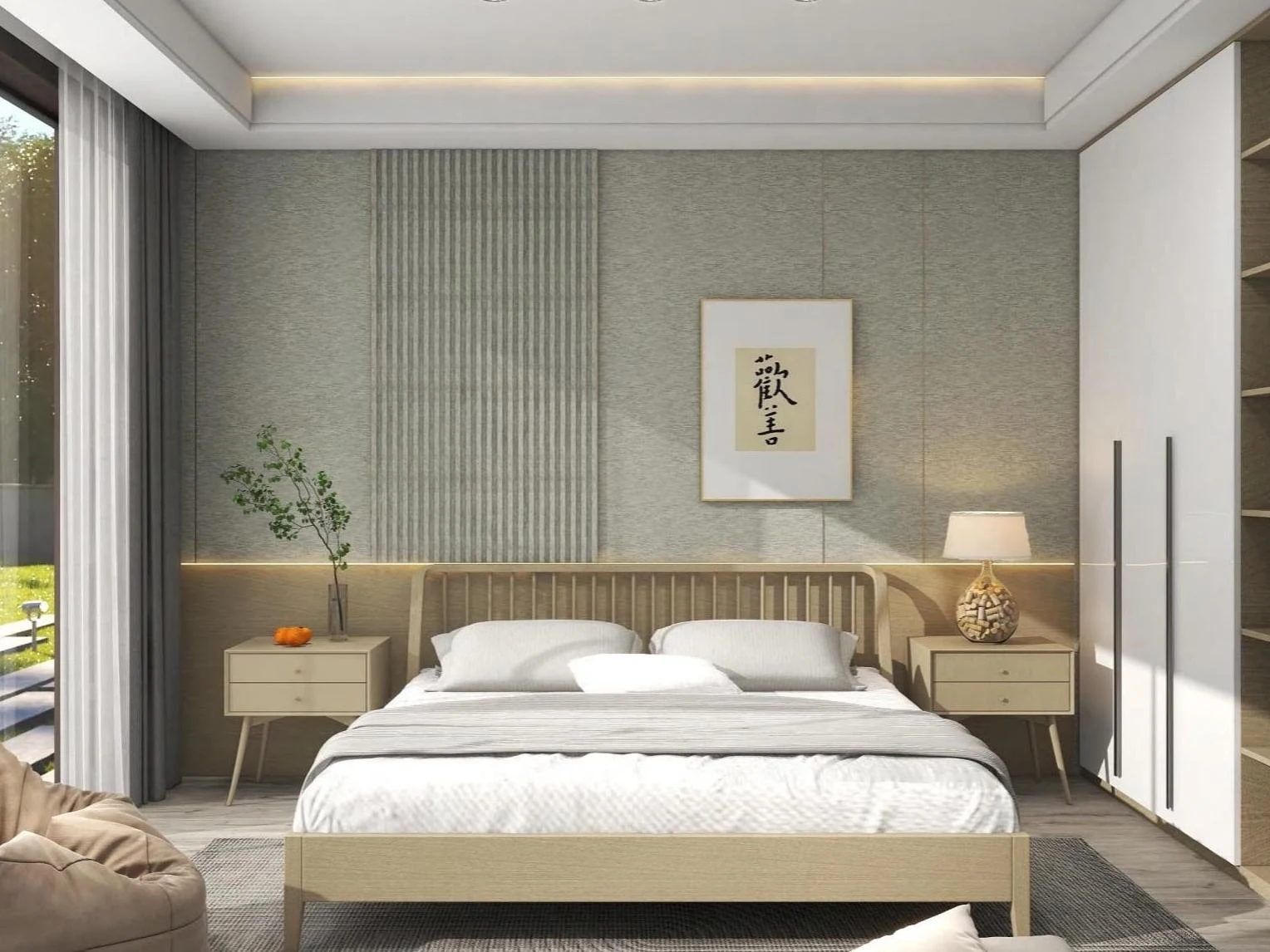
What Are WPC Fluted Panels?
WPC stands for Wood Plastic Composite. Think of these panels as decorative pieces. They’re made by mixing a few key things together. You get natural wood powder, plant fibers (like cane), and lightweight calcium carbonate (that’s stone powder). These are all blended with plastic resin.
So, a WPC Decorative Panel? It’s a modern blend. It combines natural wood powder, plant fibers (cane), lightweight calcium carbonate (stone powder), and polymer resin. How are they shaped? Using high heat and molding. This creates panels with vertical grooves – people often call these “flutes”. This fluted look adds nice texture and depth to walls or ceilings.
Why choose WPC wall panel? They’re waterproof, bug-proof, super flexible for design, eco-friendly with recycling options, fire-resistant (B1 level), easy to install, won’t crack or warp over time, and even help with soundproofing.
How Much Do WPC Fluted Panels Cost?
What Affects the Price?
Material Quality
The materials used make a big difference in cost. Latitude uses fine wood powder (80–120 mesh) with more sandalwood powder. Sandalwood powder looks nicer than other fillers like platycodon husk and gives off a pleasant woody scent when burned. Light calcium carbonate adds strength and works well with additives.
SG-8 resin is smoother and harder after molding than SG-5. Higher-grade stabilizers, like calcium-zinc, are safer for the environment than toxic lead-based ones.
Brand and Maker Differences
Trusted brands like Latitude follow strict standards like ISO9001 and CE certifications. Our products might cost more because they use top-notch materials and processes.
Surface Finishes
Fancy finishes like deep embossing or special coatings bump up the price. Anti-slip and virtually maintenance free, our premium grade WPC composite decking provides a natural looking, splinter-free surface that is easy to clean and will last year after year. These upgrades add cost but make panels look better and last longer.
Price Ranges for Different Uses
Indoor Walls
For living rooms or office dividers, thinner panels (9mm–14mm) work great. These usually fall in the mid-to-high price range, depending on the finish.
Outdoor Cladding
Outdoor panels need to be thicker and tougher against UV rays and water. Thicker ones (18mm–24mm) cost more because they’re built to handle tough conditions.
Available Sizes and Specs
Common Sizes
According to Latitude’s catalog:
- OSF101: 24mm thick × 160mm wide × 2200/2900mm long
- OSF104: 9mm thick × 105mm wide × 2200/2900mm long
- OSF108: 14mm thick × 160mm wide × 2200/2900mm long
OSF101 has dimensions of Thickness: 24mm; Width: 160mm; Length: 2200/2900mm.
Thickness and Uses
Thinner panels (9–12mm) are perfect for indoor decor where looks matter more than strength. Thicker ones (18–24mm) are better for outdoor cladding or high-traffic areas.
Customization Options
You can tweak sizes, colors (wood grain, fabric-like textures, or metallic looks), and finishes. We offer nearly a hundred accessory options to complement our wall panel, available in various color to fully meet your design needs.
Creative Installation Ideas for WPC Fluted Panels
Indoor Design Ideas
Accent Walls in Living Spaces
Use WPC fluted panels behind a sofa or TV unit. The vertical grooves make the room feel taller and add a cool texture.
Ceiling Upgrades
Put panels on ceilings to draw eyes upward. They make rooms feel bigger. Their light weight works well for suspended ceilings.
Office Dividers and Backdrops
In offices, these panels make stylish dividers or backdrops. They add privacy and cut noise. Excellent sound absorption promotes energy efficiency resulting in energy savings of over 30% in indoor spaces.
Outdoor Design Ideas
Modern Building Facades
WPC fluted panels shine on building exteriors. Weather resistant, suitable from -30 to 60 ℃. They look sleek and protect against the elements.
Garden Fences or Privacy Screens
Use them for garden fences or screens. Compared with the traditional wooden fence, our garden fence WPC is more durable with no need maintenance, painting or staining.
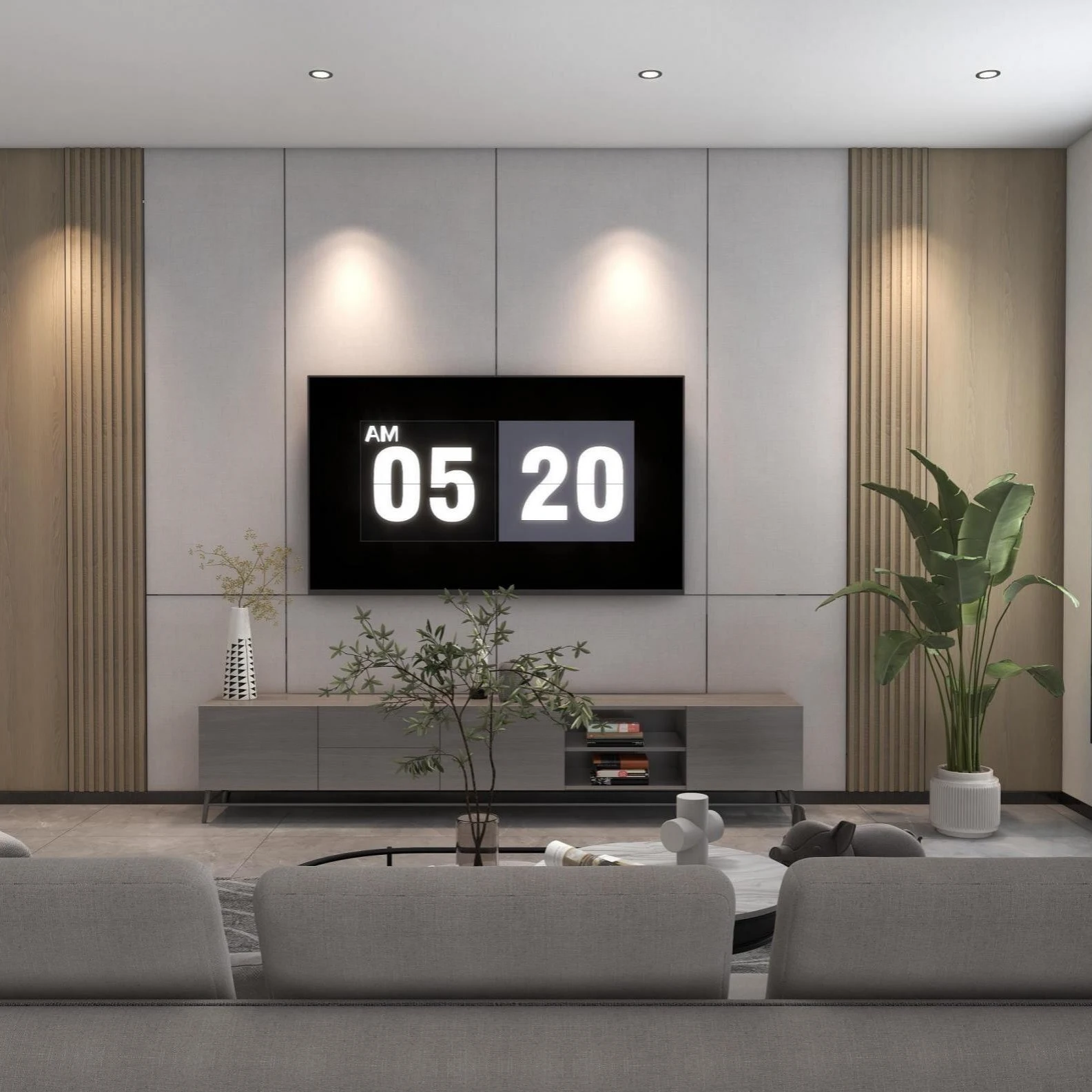
Looking for eco-friendly, gorgeous wall solutions that last indoors or out? Latitude’s WPC fluted panels with OEM/ODM services are a top pick. Use wood powder around 80–120 mesh with a higher proportion of sandalwood powder. The finished product has stronger toughness and it is easier to shape during production, less likely to deform in the later stage. With sizes from slim indoor panels to sturdy outdoor ones, plus customizable wood grain or metallic finishes, they transform any space.
Check out Latitude’s premium WPC fluted panel collection. It’s backed by certified quality systems for stunning, long-lasting results.
FAQ
Q: How long does it take to put up WPC fluted panels?
A: Usually, it takes 1 to 3 days for a normal room. The time needed depends on the room’s size and how tricky the job is. Simple inside walls can be done in just a few hours. Outside cladding might take longer. This is because it needs more preperation and steps to keep the weather out.
Q: What care do WPC fluted panels need?
A: They’re really easy to look after. For panels inside, just wipe off dust with a damp cloth. If they’re outside, give them a quick hose-down with water once a year. That’s usually enough to keep them clean. Best part? You never need to paint them or stain them.
Q: Can I use WPC fluted panels in steamy places, like bathrooms?
A: Yes, definitely! They won’t warp or rot because they’re waterproof. This makes them a top pick for bathrooms or kitchens. Just pay extra attention to sealing the edges well. This stops water from sneaking in behind the panels where they meet the walls.

